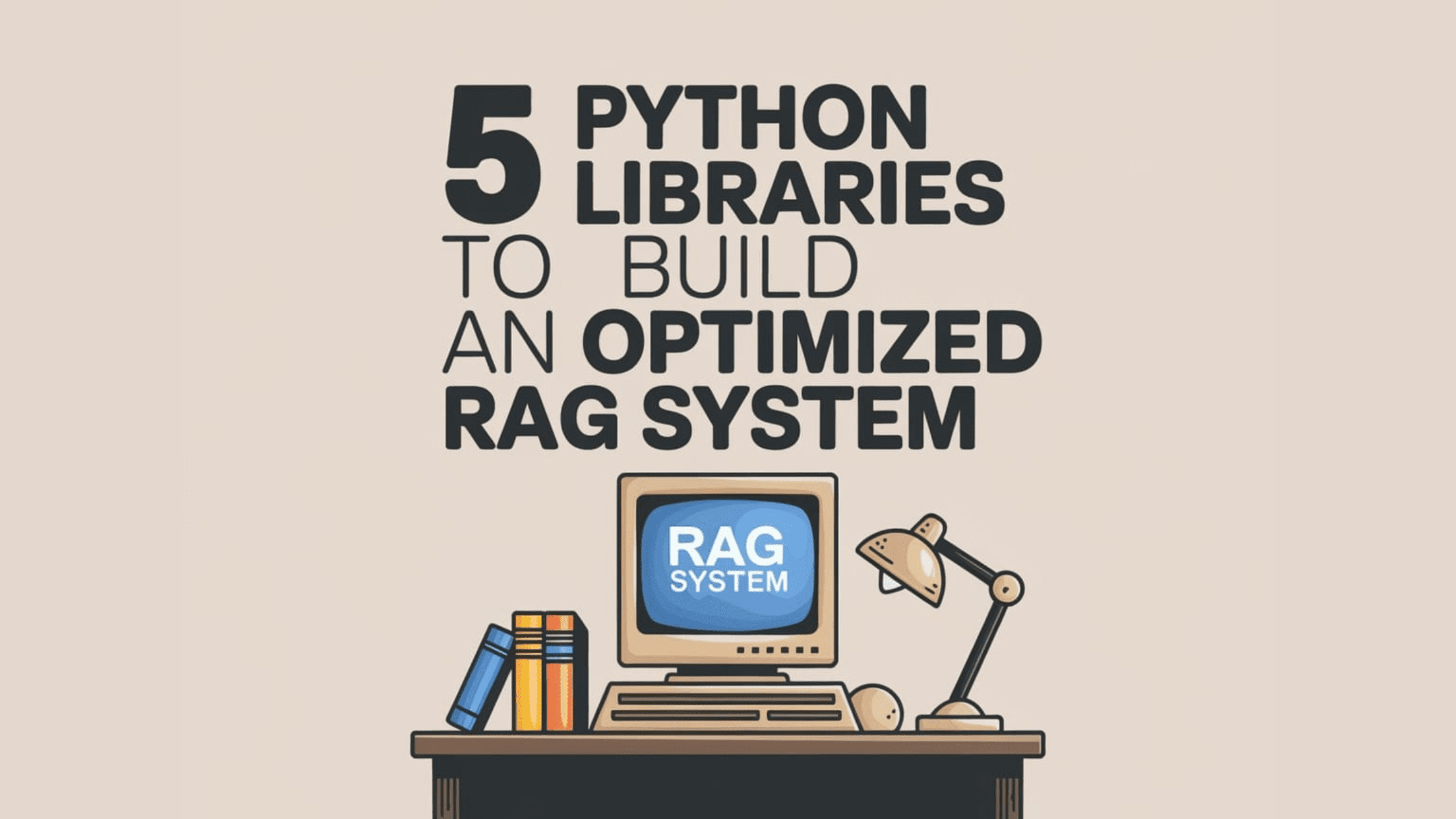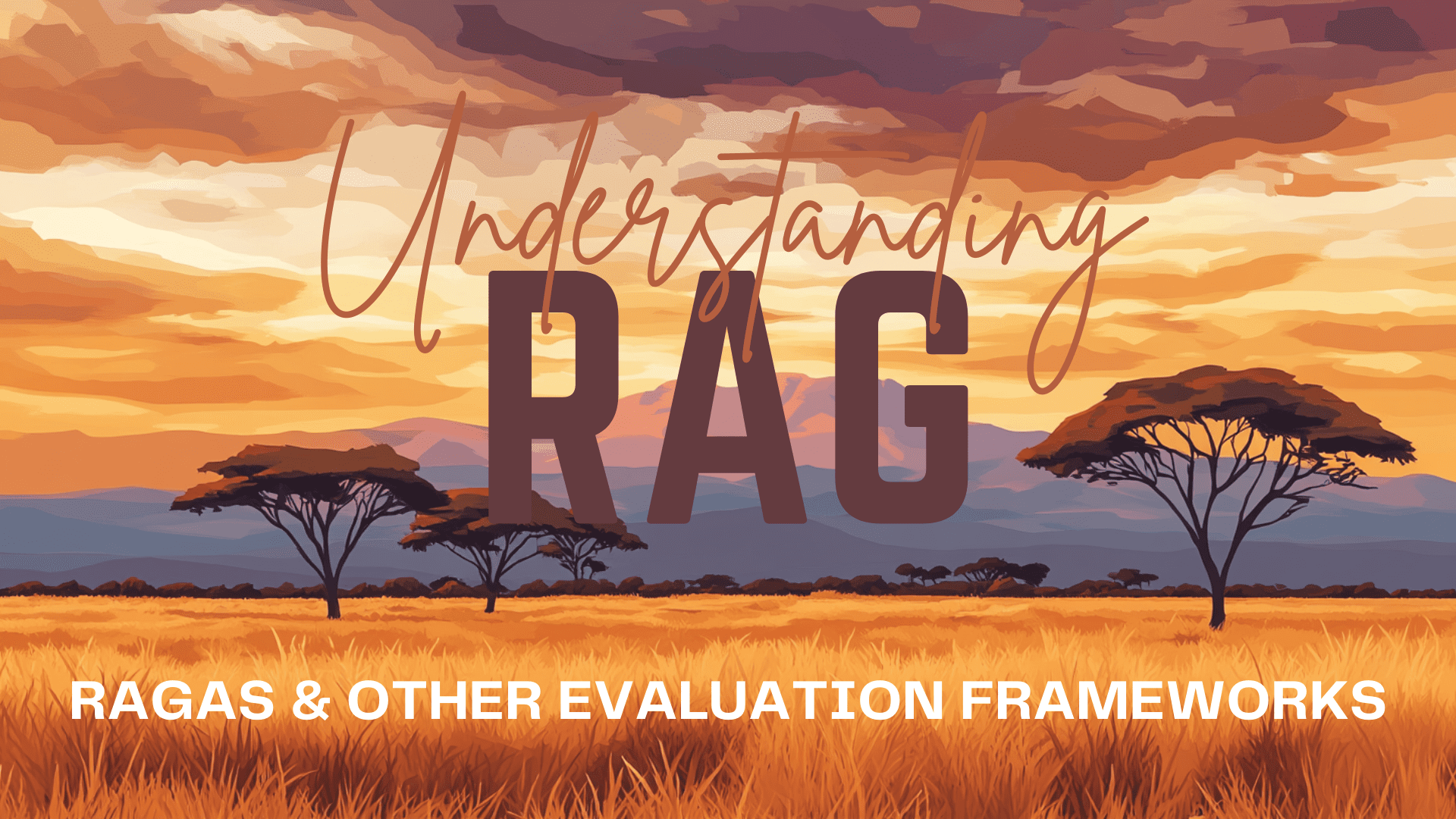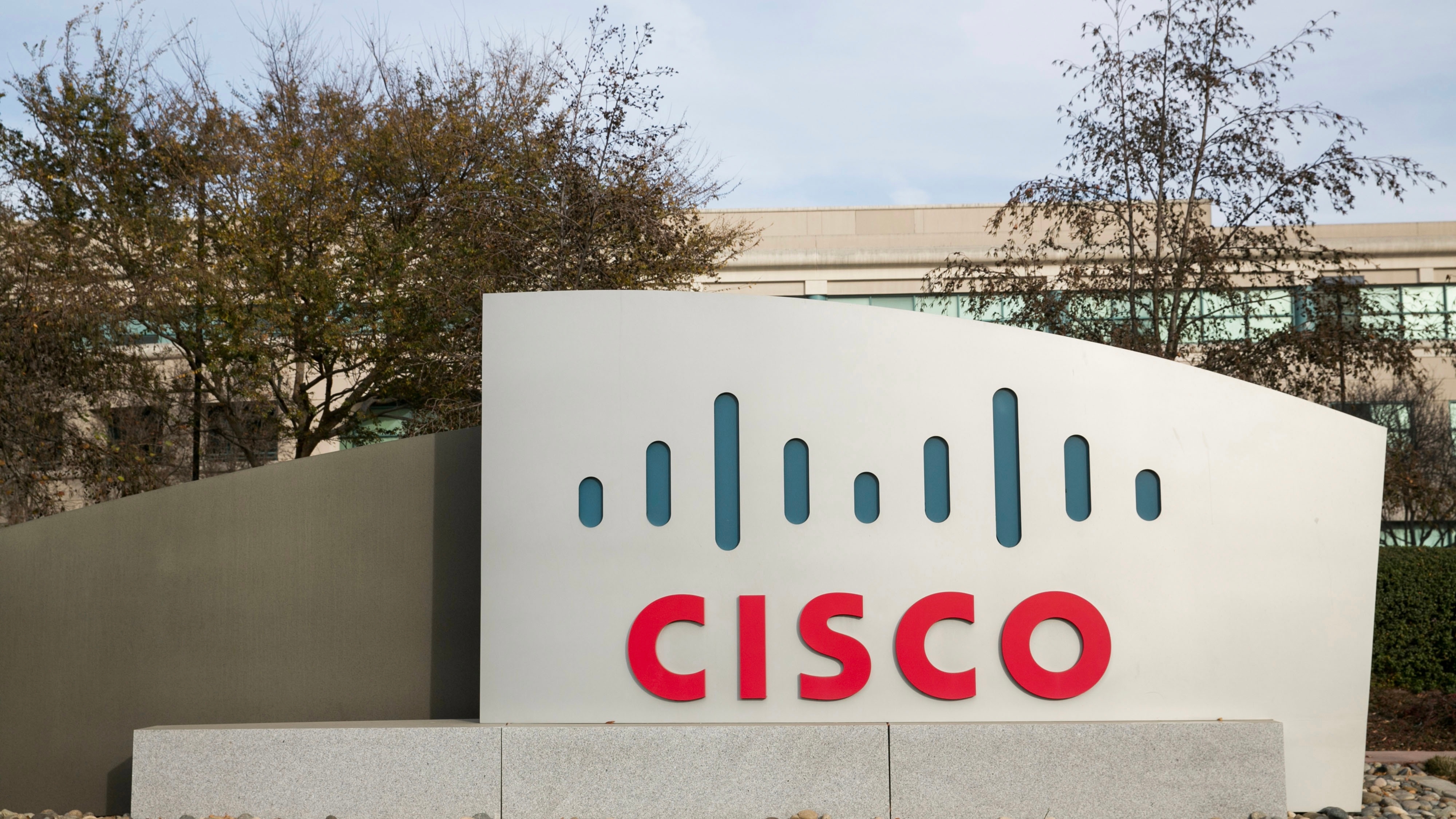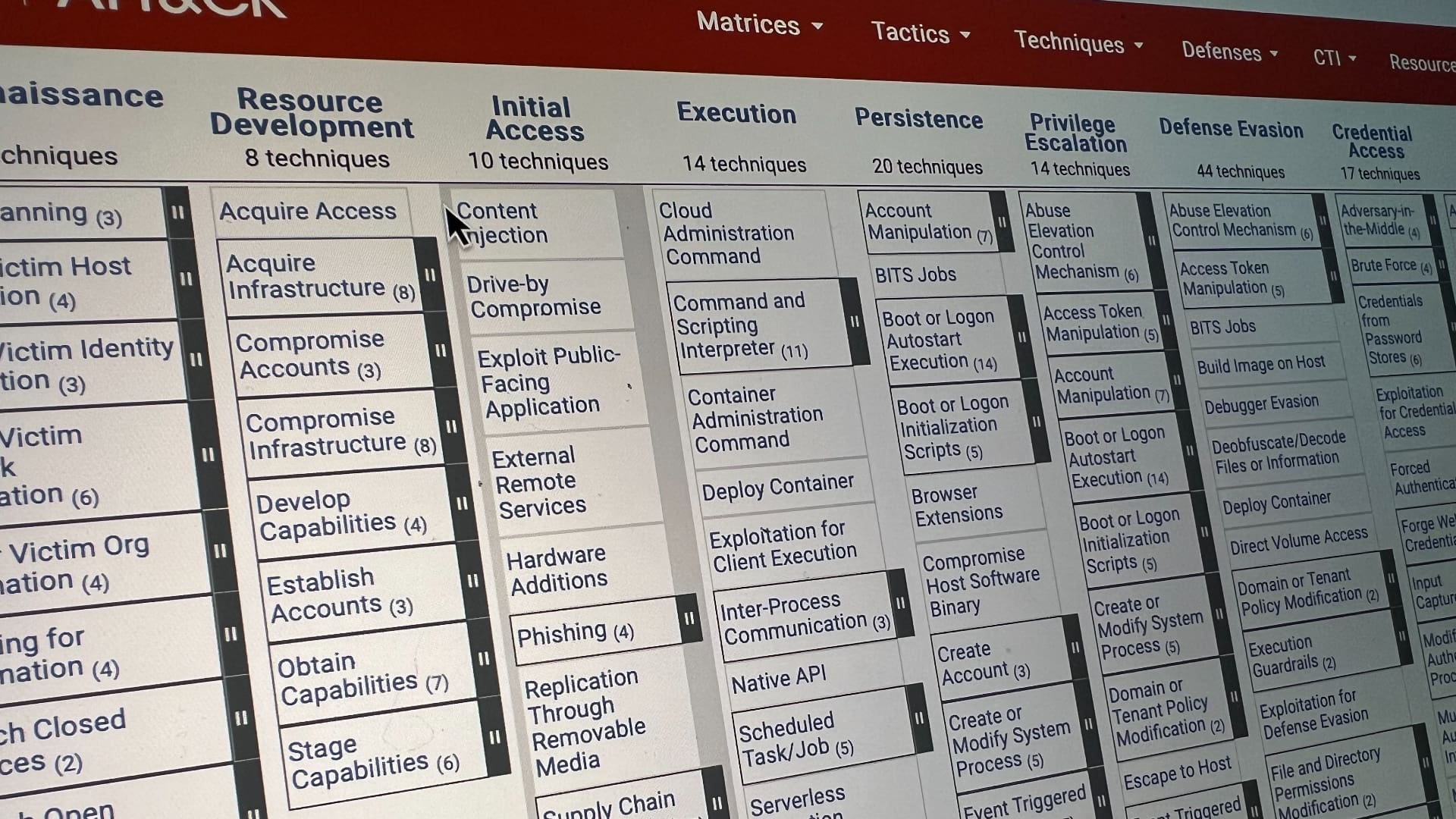Los Angeles-area schools face trauma and a long road back
California schools and students are facing a long road to recovery as wildfires in the Los Angeles area damage dozens of school buildings and take hundreds of thousands of children out of the classroom. Administrators have a myriad of issues ahead of them, including trauma for staff and students who have lost their homes...

California schools and students are facing a long road to recovery as wildfires in the Los Angeles area damage dozens of school buildings and take hundreds of thousands of children out of the classroom.
Administrators have a myriad of issues ahead of them, including trauma for staff and students who have lost their homes or loved ones, destroyed facilities and lingering poor air quality.
Experts are imploring schools to be ready with mental health resources and to quickly get plans into place that will restore learning environments without more disruption to students’ lives.
“When trauma like this occurs, it will take a significant amount of work to put kids and teachers in the best place to support learning again,” said Laura Schifter, head of This is Planet Ed at the Aspen Institute.
More than 300 schools were shut down after the fires started over a week ago, including the entire Los Angeles Unified School District (LAUSD), the second-largest school district in the country, serving more than 500,000 students.
“Whether it's kids who have been evacuated and are displaced from their homes permanently because they've lost their homes, or whether it's the fact that maybe their house is still standing, but everything around their home is gone, or their school is gone, that's a significant amount of loss,” Schifter said. “There needs to be supports in place to help children, their families and educators cope with that loss.”
The wildfires have killed at least 24 people so far; authorities do not yet have a count on injuries.
While firefighters work to get blazes under control, schools are already starting the initial stages of planning for how to help their communities recover from the losses suffered.
Most LAUSD schools managed to reopen on Monday, while the Pasadena Unified School District released a survey the same day to assess what the community needs for recovery.
“Our top priority is to get students back to in-person learning as soon as possible. We are actively working to prepare campuses for the return of students and staff, and for temporary learning spaces for students at impacted schools,” the district said, adding its buildings will remain closed until at least Friday, when it is also hosting a community event.
Pasadena schools are in the meantime providing meals, emergency child care services and mental health resources.
As of Thursday, seven LAUSD schools that lie within evacuation zones remain closed, with classes "relocated to alternate sites for the rest of this week," the district said in a press release.
But handling air quality issues and rebuilding damaged buildings could be longer-term problems.
Some individuals in the area have reported the air burning their lungs, and officials have told people to stay inside when smoke is visible in their neighborhoods.
“Many schools do not have ideal infrastructure to cope with air quality like wildfire smoke, and certainly there is a need across the country for better infrastructure for indoor air quality at schools, and that funding schools is a big challenge across the country as well,” said Elizabeth Bechard, the public health manager for Moms Clean Air Force.
Items such as air filters have been reportedly sold out in stores around the city.
There are “immediate impacts of disasters like these fires, but also the longer term infrastructure upgrades needed to protect students' health,” said Bechard.
The California Department of Education last week launched resources and a fundraising campaign to support school communities affected by wildfires. The government agency partnered with the SupplyBank.org Disaster Relief Fund to collect and give donations to schools most affected by the disaster.
It is also reminding administrators who need to close their schools to apply for waivers so their district doesn’t lose attendance-based funding.
An important aspect of recovery is ensuring the efforts don’t add more chaos to students’ lives.
“You want to be able to take care of the things before the kids come back, so they don't come back and then get put out again for a couple of days,” said Frank Worrell, professor in the School of Education at the University of California, Berkeley.
If construction or other repairs have to be done while students are at school, Worrell says it's important to schedule around classes to minimize disruptions.
“It's really important for [administrators] to create very strong routines” for students in recovery, he added.
While all eyes are on California right now, a spike in natural disasters nationwide has brought new awareness of the fragility of the infrastructure of schools.
During Hurricanes Milton and Helene last year, dozens of schools closed, with thousands of students affected.
And high temperatures at the beginning of recent school years have closed school buildings across the country due to inability to handle the heat.
“We need to see this moment as a moment to think about how we build resilience ahead [...] No community is immune from the impacts of climate change,” Schifter said.
What's Your Reaction?



























_Elena_Uve_Alamy.jpg?#)



.png?width=1920&height=1920&fit=bounds&quality=80&format=jpg&auto=webp#)





















































